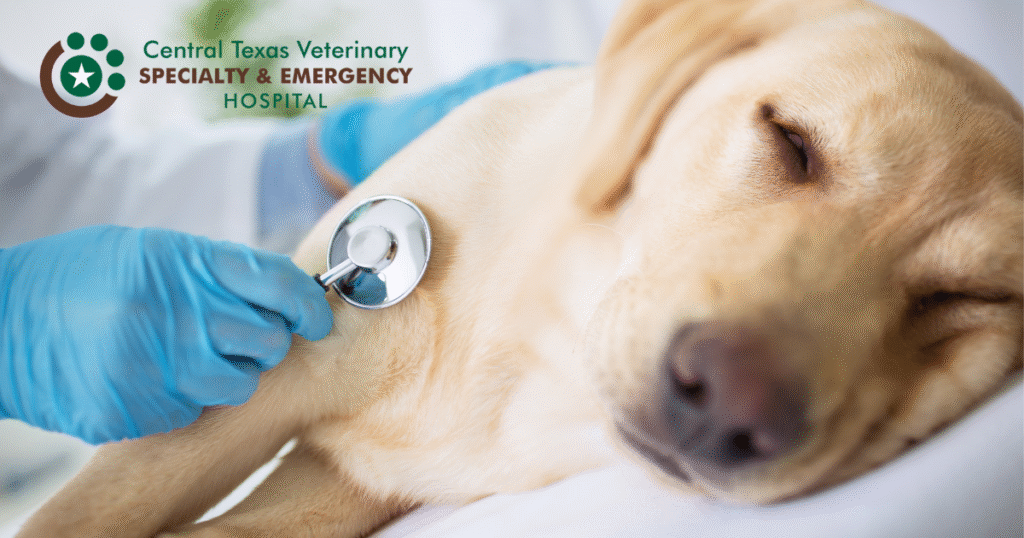Veterinary emergency care is essential for saving pets’ lives in critical situations, but many pet owners are surprised by the high costs associated with emergency visits. Unlike regular veterinary checkups, emergency treatment often involves specialized medical equipment, round-the-clock staffing, and advanced procedures, all of which contribute to the expense. Understanding the factors behind these costs can help pet owners better prepare for unexpected emergencies.
Why Is Veterinary Emergency Care Expensive?
1. 24/7 Availability & Emergency Staffing
Unlike general veterinary practices, emergency clinics operate 24/7 to provide care at all hours, including nights, weekends, and holidays. This requires a full staff of veterinarians, technicians, and support personnel working irregular shifts, which leads to higher labor costs.
2. Advanced Medical Equipment & Technology
Emergency hospitals are equipped with cutting-edge diagnostic and treatment tools, such as digital X-rays, ultrasounds, CT scans, in-house laboratories, and oxygen therapy machines. The maintenance and replacement of these high-tech machines add to operational costs.
3. Specialized Training & Expertise
Emergency veterinarians and technicians undergo advanced training in trauma care, surgery, and intensive care. Their specialized knowledge and ability to act quickly in life-threatening situations justify higher service fees.
4. Intensive Care & Hospitalization
Many emergency cases require hospitalization, which includes continuous monitoring, oxygen therapy, IV fluids, pain management, and critical care nursing. Providing this level of care for multiple patients at once significantly increases costs.
5. Emergency Surgeries & Procedures
Emergencies such as trauma, poisoning, bloat (GDV), and internal injuries often require immediate surgery. These procedures demand a skilled surgical team, anesthesia, sterile operating rooms, and post-operative care, all of which contribute to the overall expense.
6. High Costs of Medications & Supplies
Emergency hospitals must stock a variety of life-saving medications, blood products, and medical supplies at all times. The costs of these items, especially in urgent situations, can be significantly higher than routine veterinary treatments.
7. Lack of Pet Insurance Coverage
Unlike human healthcare, where insurance covers most medical costs, pet owners are often responsible for the full amount of emergency care. While pet insurance is available, many owners do not have policies in place, leading to unexpected out-of-pocket expenses.
8. Rising Operational & Supply Costs
Running an emergency clinic involves substantial overhead costs, including rent, utilities, licensing, and administrative expenses. Additionally, inflation and supply chain disruptions have driven up the costs of veterinary drugs, medical equipment, and staffing.
How Pet Owners Can Prepare for Emergency Costs
While emergency veterinary care can be costly, there are steps pet owners can take to manage expenses:
- Invest in pet insurance: Consider a comprehensive policy that covers emergency treatments and surgeries.
- Create an emergency fund: Set aside savings specifically for veterinary emergencies.
- Explore payment plans: Some clinics offer financing options such as CareCredit or payment plans.
- Prioritize preventive care: Regular checkups and early intervention can help prevent serious conditions from developing into emergencies.
Conclusion
The high cost of veterinary emergency care reflects the expertise, equipment, and 24/7 availability required to save pets’ lives. While unexpected medical expenses can be overwhelming, being financially prepared and understanding the factors behind these costs can help pet owners navigate emergencies with greater confidence.

